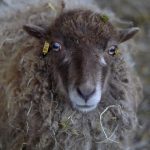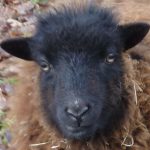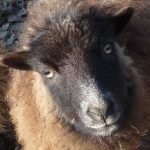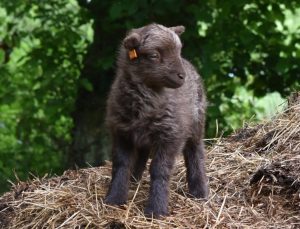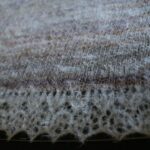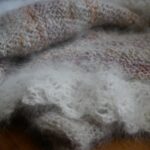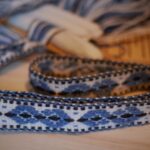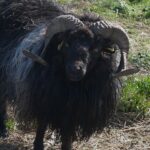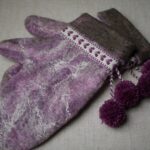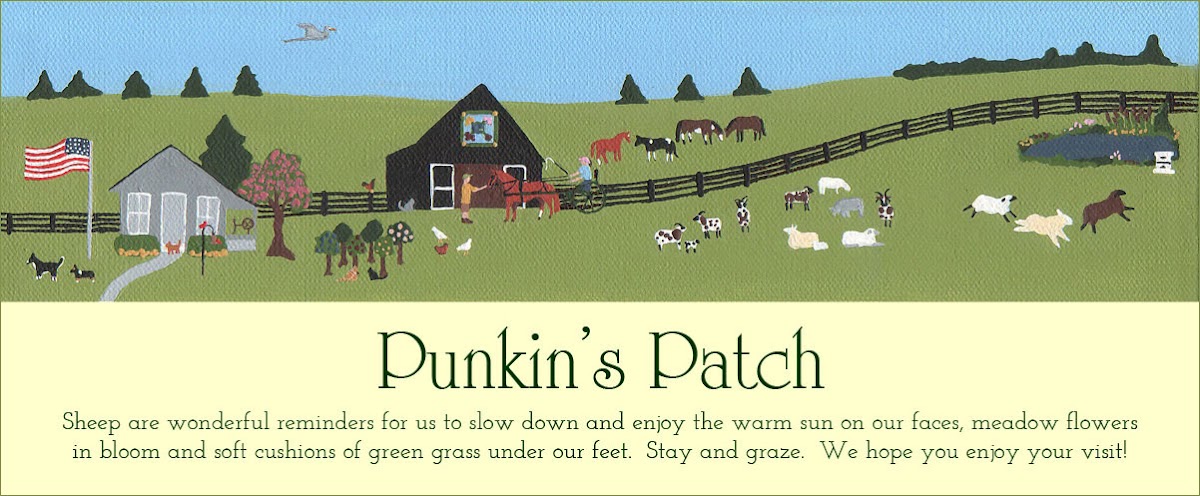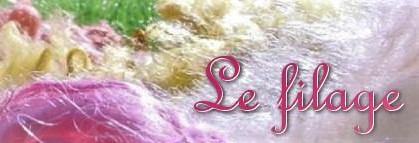Un Petit Guide de la laine ouessant, n° 6 : La Beauté du Crimp
As we have already seen, a fleece with well structured locks and a distinct crimp pattern has style. But what exactly is this wavey crimp that we can see in a lock of wool ?
Comme nous avons vu, une toison avec des mèches bien structurées et des ondulations distinctes a du style. Mais que sont au juste les ondulations qu’on peut voir dans une mèche de laine ?

Crimp is the term used to describe the waves or curls found in the lock of wool ; and to a large extent, crimp influences the overall look of a fleece. At the same time, the most valued qualities of wool are directly links to crimp. It’s thanks to crimp that wool is :
• insulating,
• light,
• airy,
• and elastic.
Generally speaking, fine wool has more crimp than coarser wool. For example, fine wool can have between 14 to 30 crimps per inch ; a medium grade wool will have between 8 to 14 ; and for coarser wools, the number of crimps per inch can vary from 1 to 8.
The waves in the crimp pattern are the result of two types of cells that are at the same time similar and antagonistic : the orthocortex and the paracortex.
Le crimp, nom utilisé pour désigner les ondulations ou la frisure de la mèche, détermine dans une large mesure l’aspect général de la toison. D’autre part, les qualités les plus appréciées de la laine sont directement liées au crimp. Grâce au crimp, la laine :
• est isolante ;
• est très gonflante ;
• et, a une bonne élasticité.
Généralement, plus la laine est fine, plus il y a d’ondulations. Par exemple, une laine très fine peut avoir entre 14 à 30 ondulations par pouce (2,5cm) ; pour une laine moyenne il y en a entre 8 à 14 ; et pour une laine encore moins fine, le nombre d’ondulations peut varier entre1 à 8.
Ces ondulations sont générées par deux types de cellules similaires et antagonistes : l’orthocortex et le paracortex.
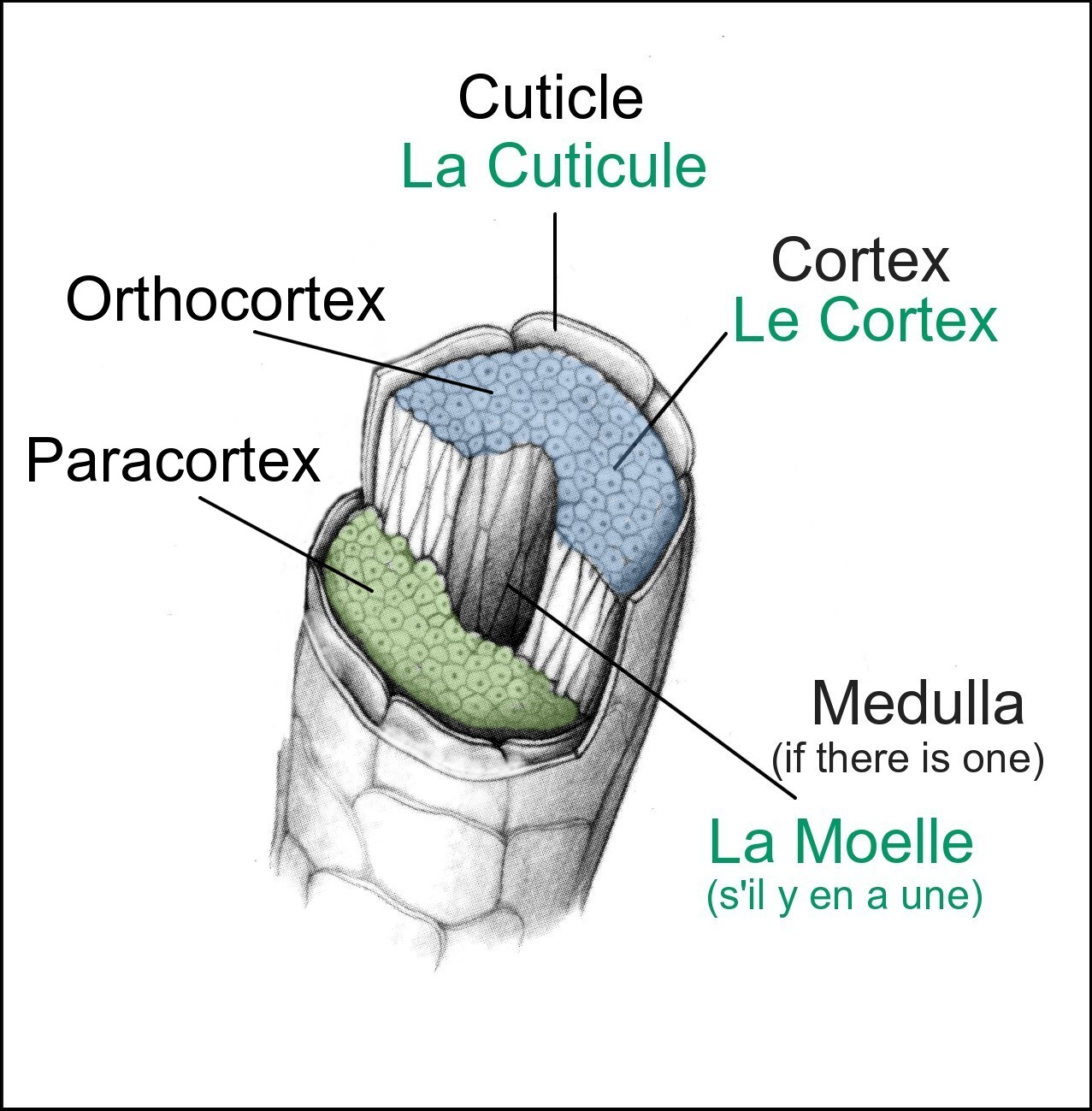
The orthocortex is found on the “outside” of the curve while the paracortex is found on the inside.
L’orthocortex se trouve à l’extérieur de la courbe, tandis que le paracortex se trouve à l’intérieur.

When there are more orthocortex cells than paracortex cells, the wool has less crimp. On the other hand, when there are more paracortex cells than orthocortex cells, the wool has more crimp.
The look of crimp does vary quite a bit among the different breeds of sheep. Each breed of sheep has a particular style of crimp : from the fine even crimp of the Merino to the big, open curls of the Gotland.
Quand il y a plus de cellules orthocortex que paracortex, il y a moins de crimp. Par contre, quand il y a plus de cellules paracortex que orthocortex, il y a plus de crimp.
L’aspect du crimp varie énormément entre les diverses races ovines. Chaque race ovine a un style de crimp particulier : du crimp fin et régulier du Mérinos aux “boucles” bien larges du Gotland.
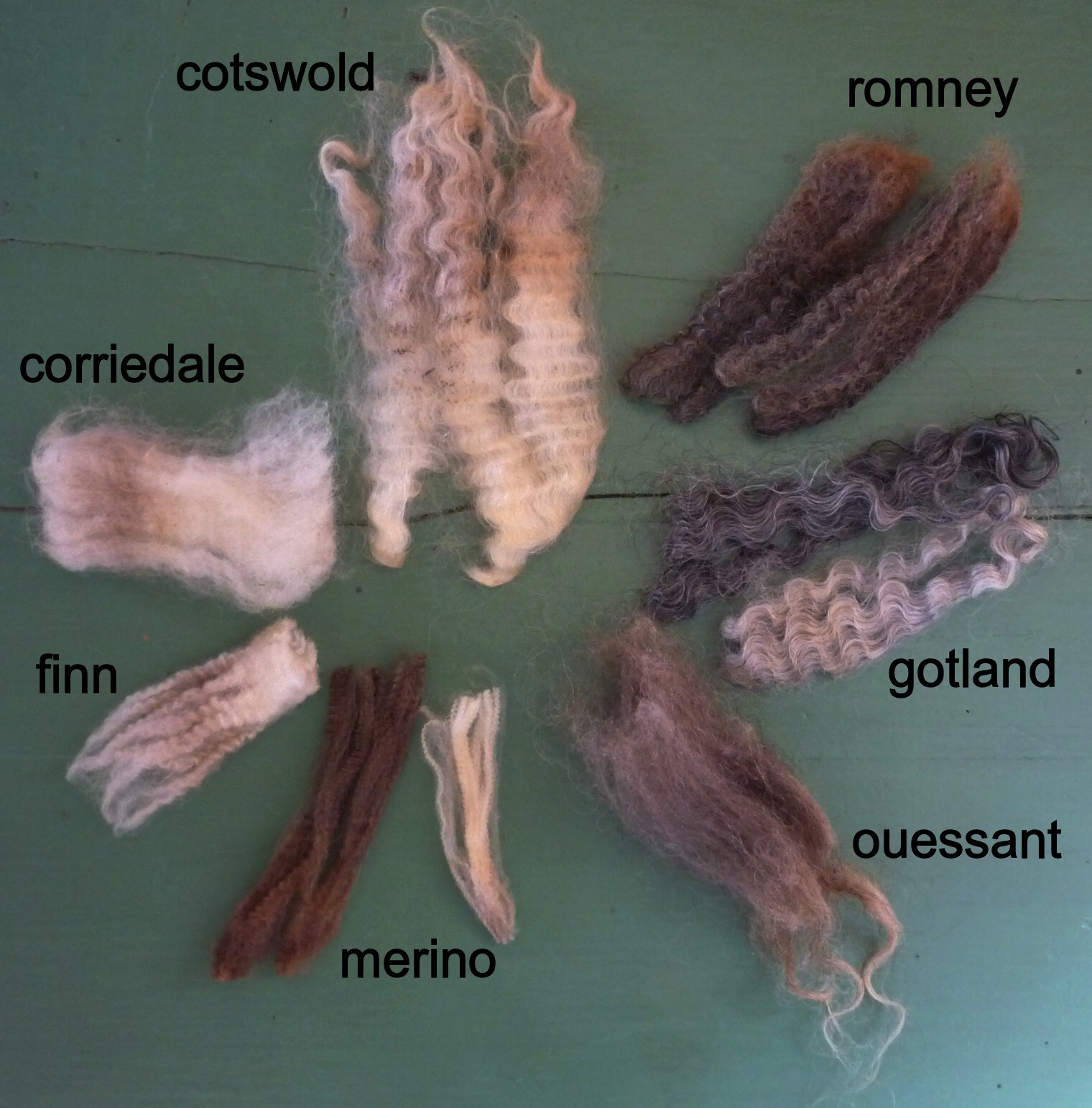
And what about the Ouessant sheep ?
As we have already seen, The lack of uniformity in an Ouessant fleece tends to hide the crimp. If a fleece is uniform, whether it’s a fine fleece like the Merino or a medium fleece like the Romney, the crimp pattern is quite distinct and easy to see.
However, this is rarely the case in an Ouessant fleece. The following photo is an excellent example of this phenomenon.
Et où se trouve le mouton d’Ouessant dans tout ça ?
Comme nous avons déjà constaté, la toison Ouessant fait preuve d’un manque d’uniformité qui cache le crimp. Si l’uniformité est au rendez-vous, soit dans une toison très fine comme le Mérinos, soit dans une toison moyenne comme le Romney, le crimp est très distinct et se voit facilement.
Pourtant, ce n’est généralement pas le cas chez l’Ouessant, comme le montre bien la photo suivante.
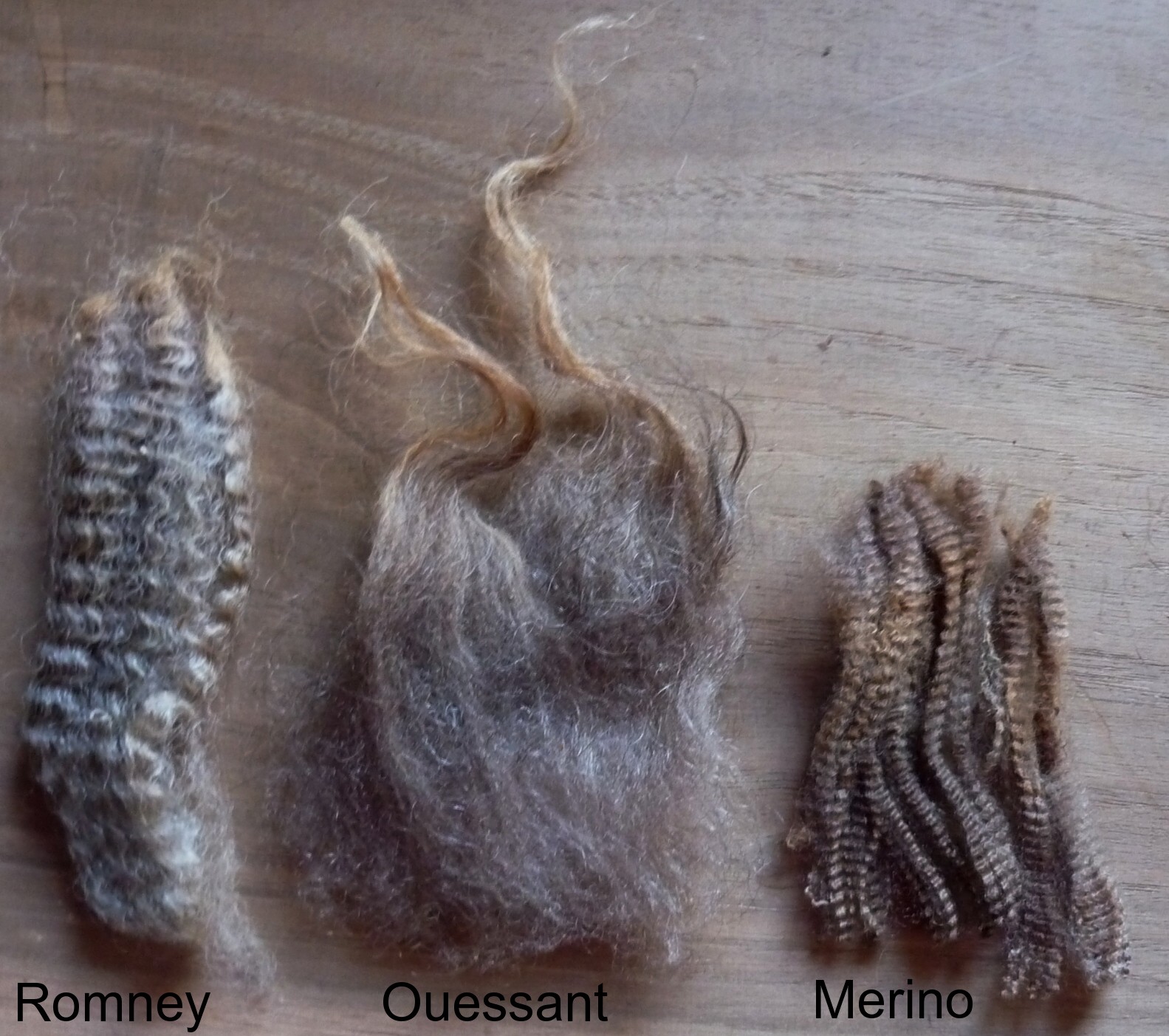
Nonetheless, from time to time we can see crimp in an Ouessant fleece. Normally, we will only see crimp around the neck, where the fleece is more uniform. In the following photo, we can see 4 locks of Ouessant wool, all with a fine crimp pattern. Please note that it is more difficult to see in Caramel and Isard’s wool, even if it is easy to see with the naked eye. (It must be said that it is rather difficult to photograph crimp!)
Pourtant, de temps en temps nous pouvons voir du crimp chez un mouton d’Ouessant. Normalement le crimp ne se voit qu’autour du cou, là où la toison est la plus uniforme. Dans la photo suivante, nous pouvons voir 4 mèches de laine ouessant, toutes avec du crimp bien fin. Notons que c’est plus difficile à observer chez Caramel et Isard, même si c’est très facile à voir à l’oeil nu. (Il faut admettre qu’il est assez difficile de photographier le crimp!)

Still more crimp, again from around the neck. This time from a white Ouessant ewe.
Encore du crimp, toujours autour du cou. Cette fois-ci, dans la laine d’une brebis Ouessant blanche.
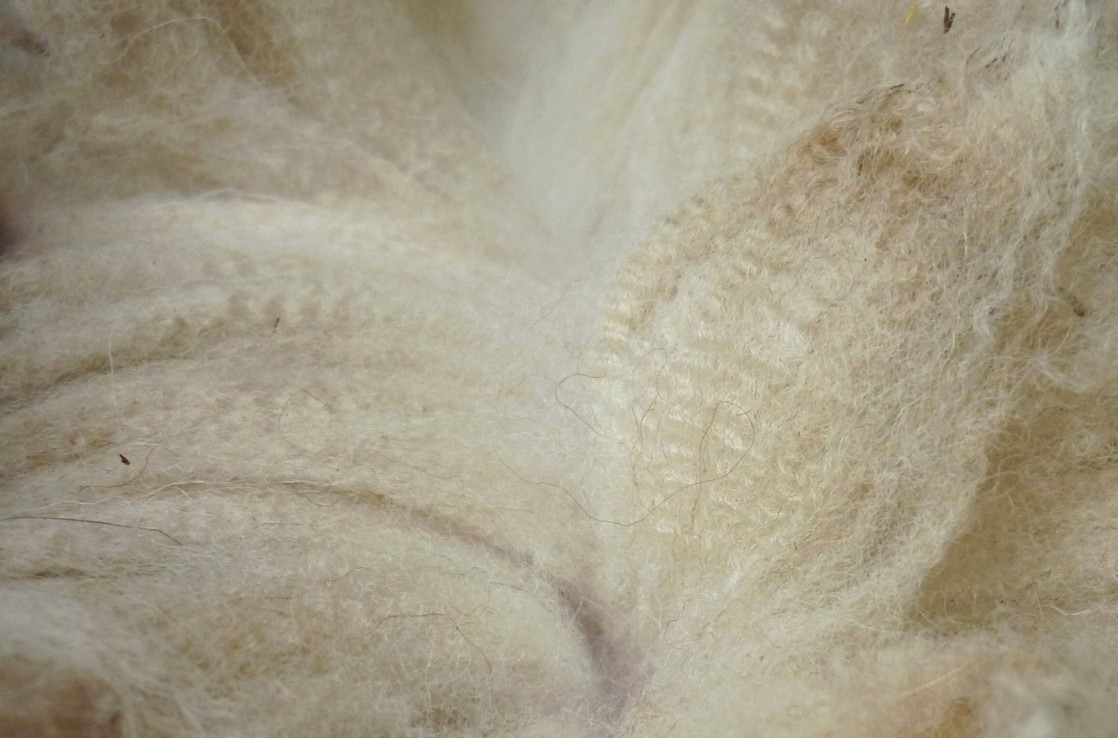
… and from Chti, black Ouessant ram.
… et de Chti, bélier Ouessant noir.
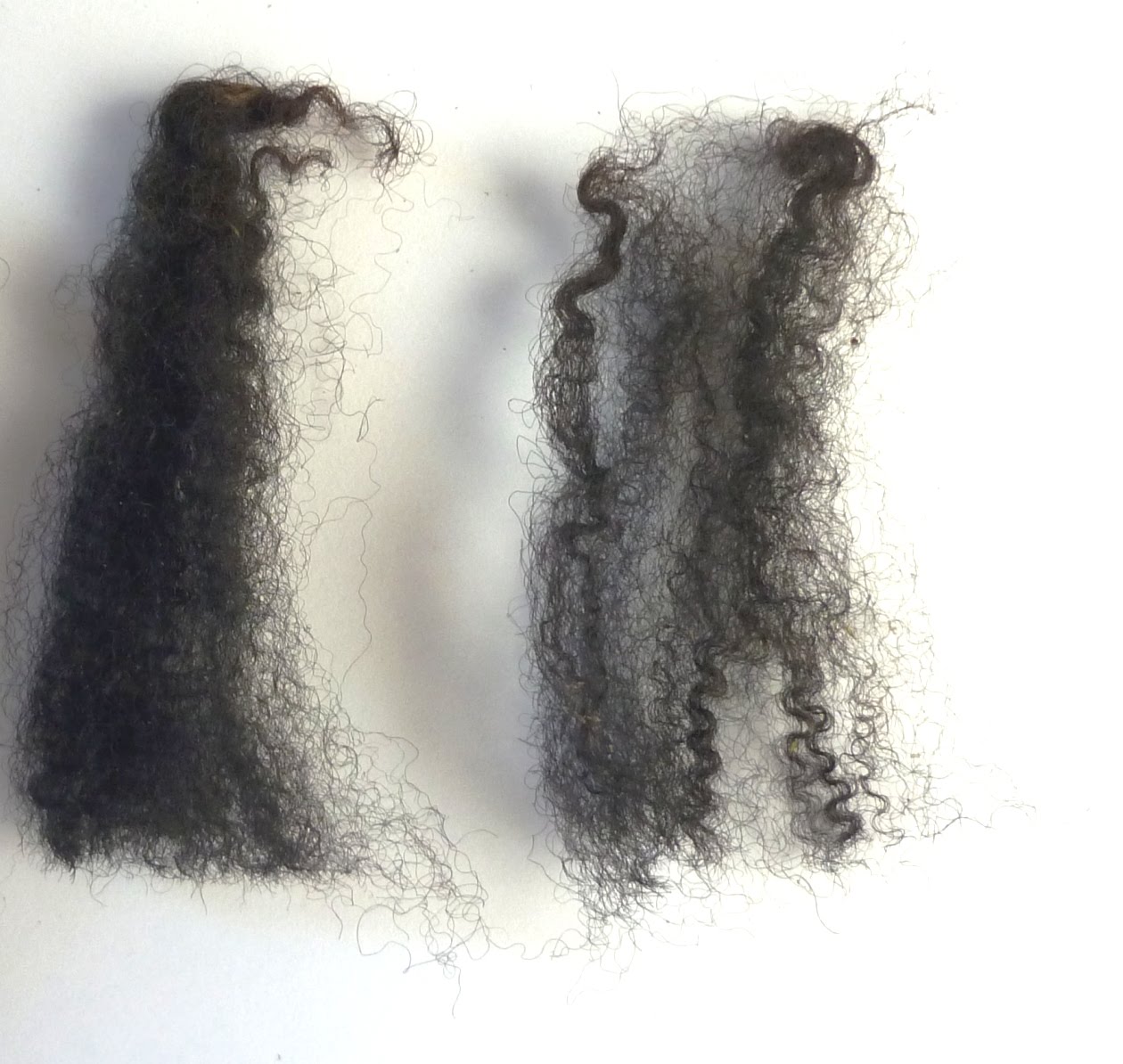
But be careful! Even if we can’t see any crimp, it doesn’t necessarily mean that there isn’t any!
First, a little warning ! Crimp is quite variable in an Ouessant fleece : some sheep have more than others. But when an Ouessant fleece does have crimp, it is usually hidden in the heterogenous locks. For example, let’s look at this lock of wool from ‘TitBijou :
Mais il faut être circonspect! Le fait que nous ne pouvons pas voir de crimp ne veut pas forcément dire qu’il n’y en a pas!
D’abord, une petite proposition. Il faut noter que le crimp est très variable chez l’ouessant : certains moutons en ont plus que d’autres. Mais, quand il y en a, il se dissimule le plus souvent dans une mèche hétérogène. À titre d’exemple, regardons cette mèche de laine prélevée sur ‘TitBijou :
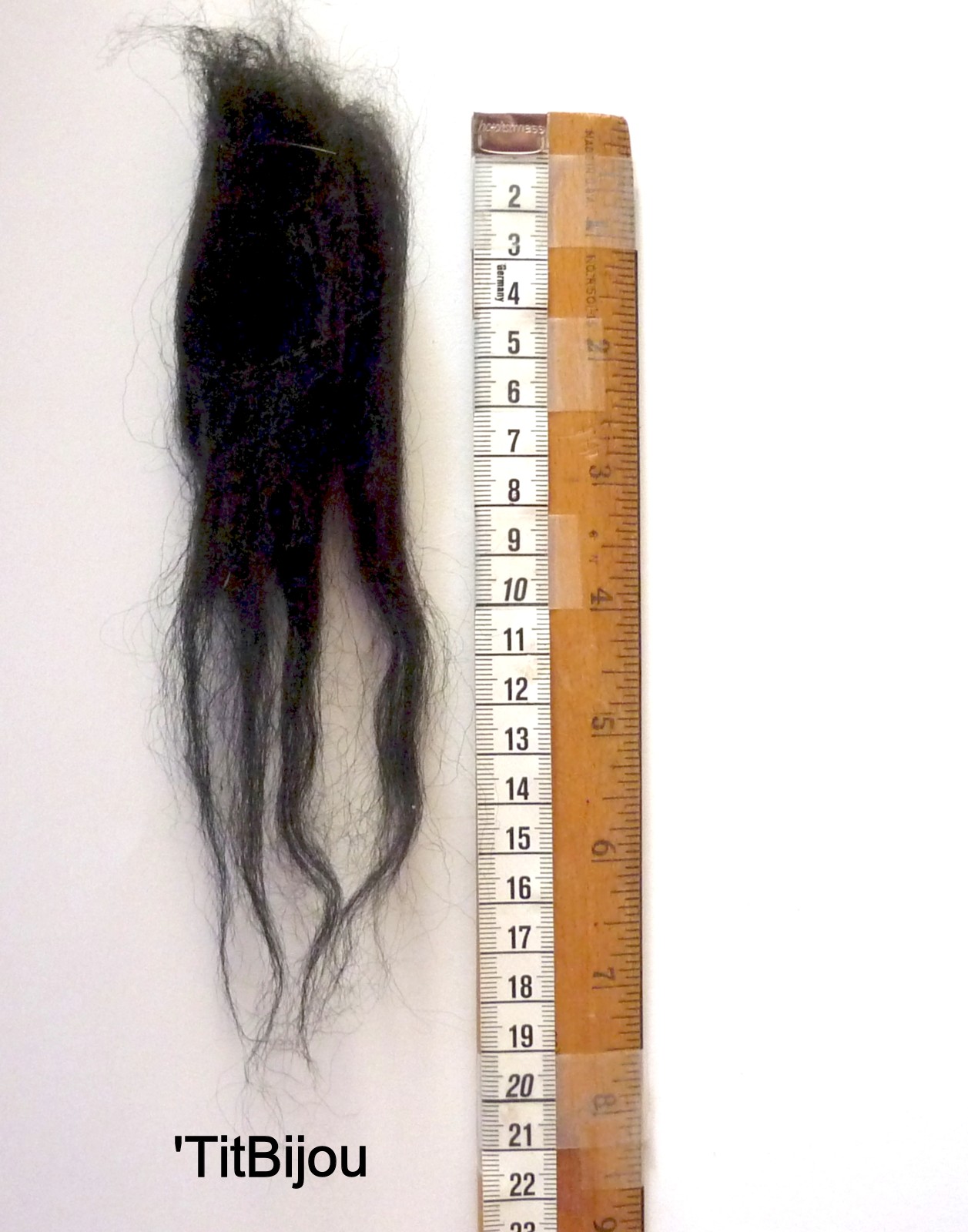
Basically, one would say the there isn’t any crimp in this lock. Yet, if we separate the long guard hairs from the wool, we find a very fine wool (average fiber diameter of 18 microns) that has crimp! These beautiful fibers are both very soft and elastic.
Effectivement, on dirait qu’il n’y a pas de crimp. Pourtant, si on sépare les longs poils de garde de la laine, on constate que cette laine bien fine (en moyen 18 microns) est ondulée : c’est à dire qu’il y a du crimp ! Ces belles fibres sont très élastiques et douces.

Of course, some Ouessant sheep have very little crimp. Nonetheless, generally speaking, there is crimp in an Ouessant fleece, even if it is difficult to see.
Certes, il y a certains moutons d’Ouessant qui n’ont que très peu de crimp. Pourtant, le crimp est normalement au rendez-vous dans une toison ouessant, même s’il reste difficile à voir.



